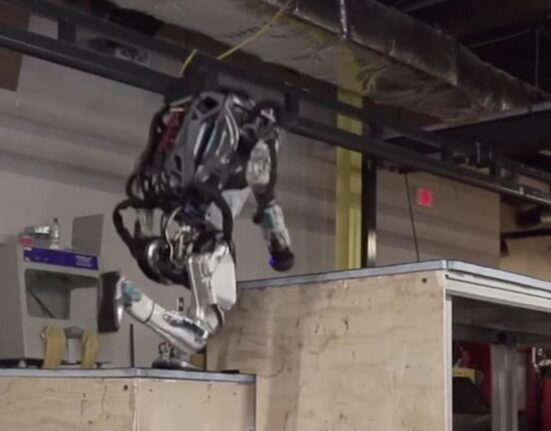Imagine a world where computers operate at speeds beyond comprehension, solving complex problems in seconds that would take traditional computers years. This is the promise of quantum computing, a cutting-edge field that has the potential to revolutionize industries ranging from finance to healthcare.
But before we can fully harness the power of quantum computers, there are significant challenges to overcome. One critical issue is error correction. In traditional computers, errors can be easily corrected due to the stability of classical bits (0s and 1s). However, in quantum computers, which use qubits that can exist in multiple states simultaneously, errors are much more common and harder to fix.
To address this challenge, researchers are working on developing fault-tolerant quantum computers that can perform operations quickly and accurately even in the presence of errors. This requires strong coupling between photons (particles of light carrying quantum information) and artificial atoms (units of matter used for information storage), enabling rapid measurements and corrections.
At the forefront of this research are scientists at MIT who recently achieved a groundbreaking milestone in nonlinear light-matter coupling within a quantum system. By leveraging a novel superconducting circuit architecture, they demonstrated interactions ten times stronger than previous experiments. This advancement paves the way for faster quantum operations and readouts, potentially accelerating progress towards fault-tolerant quantum computing.
Lead researcher Yufeng “Bright” Ye describes this achievement as eliminating a bottleneck in quantum computing. By enhancing measurement processes and error correction speed, their work brings us closer to realizing practical applications for quantum computers. Ye envisions a future where these advanced systems unlock new possibilities across various industries.
“Most of the useful interactions in quantum computing come from nonlinear coupling.”
The key innovation driving this progress is the development of a quarton coupler—a specialized device facilitating interactions between qubits within a quantum computer. Unlike traditional couplers, this new technology offers unparalleled nonlinear coupling capabilities essential for efficient quantum algorithms.
As current flows through the coupler, it generates increasingly robust nonlinear interactions between light and matter components. This enhanced nonlinearity leads to more versatile coupling types and increased processing speed within the quantum system—an essential feature for running sophisticated algorithms with minimal errors.
In practical terms, fast readout is crucial for maintaining coherence among qubits—the building blocks of a quantum computer—over time. Stronger nonlinear coupling allows qubits to execute operations swiftly while minimizing errors, ultimately extending their operational lifespan through improved error correction mechanisms.
Research lead Kevin O’Brien emphasizes that while this achievement represents significant progress in fundamental physics principles underlying fault-tolerant quantum computing, ongoing efforts aim to further enhance readout speeds through additional circuit optimizations.
By exploring avenues such as matter-matter coupling alongside advancements in readout technologies like microwave resonators and artificial atoms, researchers hope to usher in an era where fault-tolerant quantum computers become a reality on par with conventional computing systems but exponentially more powerful.
In conclusion
As we stand on the cusp of transformative breakthroughs in fault-tolerant quantum computing thanks to pioneering research by institutions like MIT’s Research Laboratory of Electronics led by Kevin O’Brien and Bright Ye’s innovative contributions; it’s clear that our understanding is deepening rapidly on how best we might harness these exotic phenomena.








Leave feedback about this